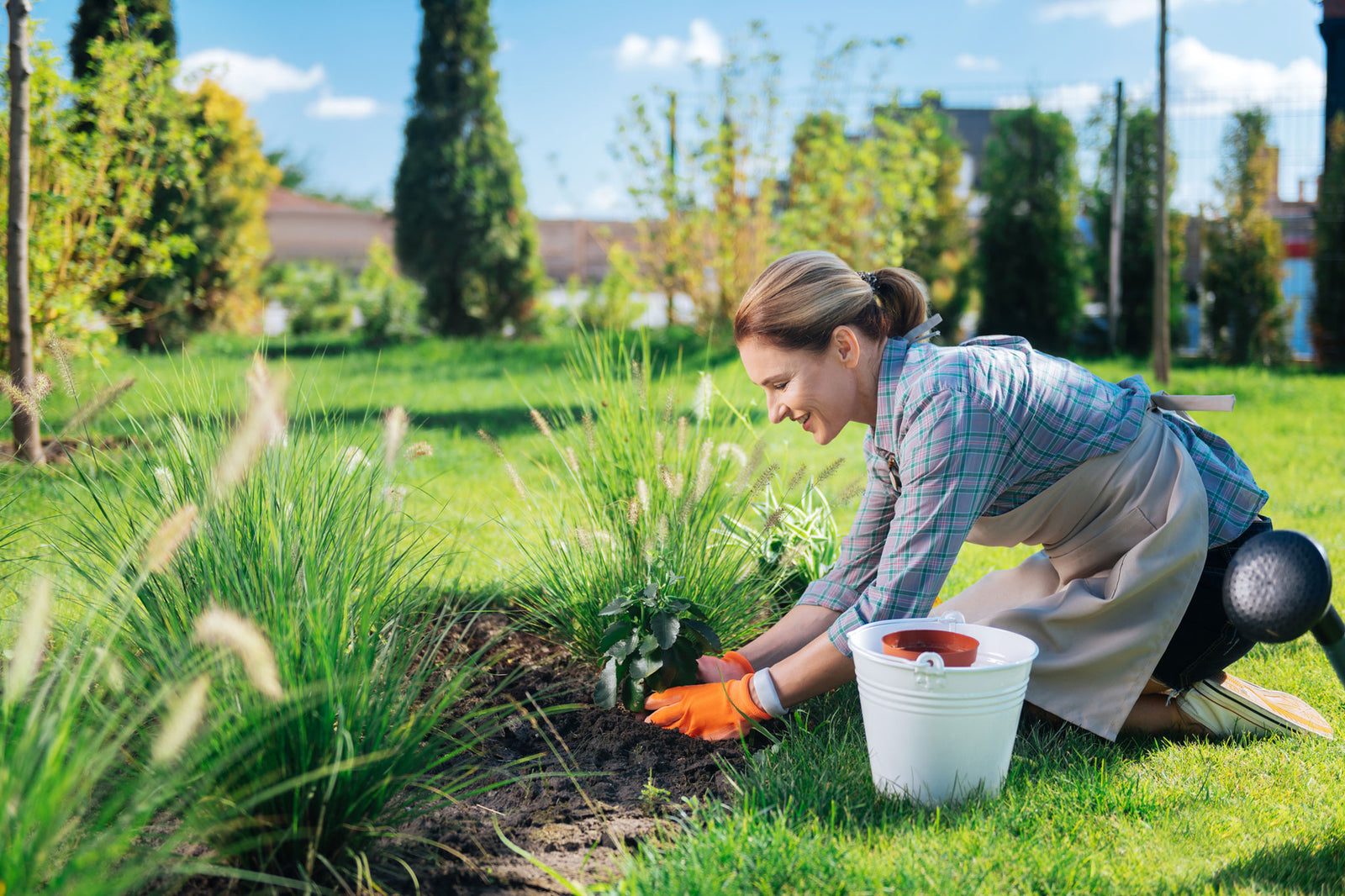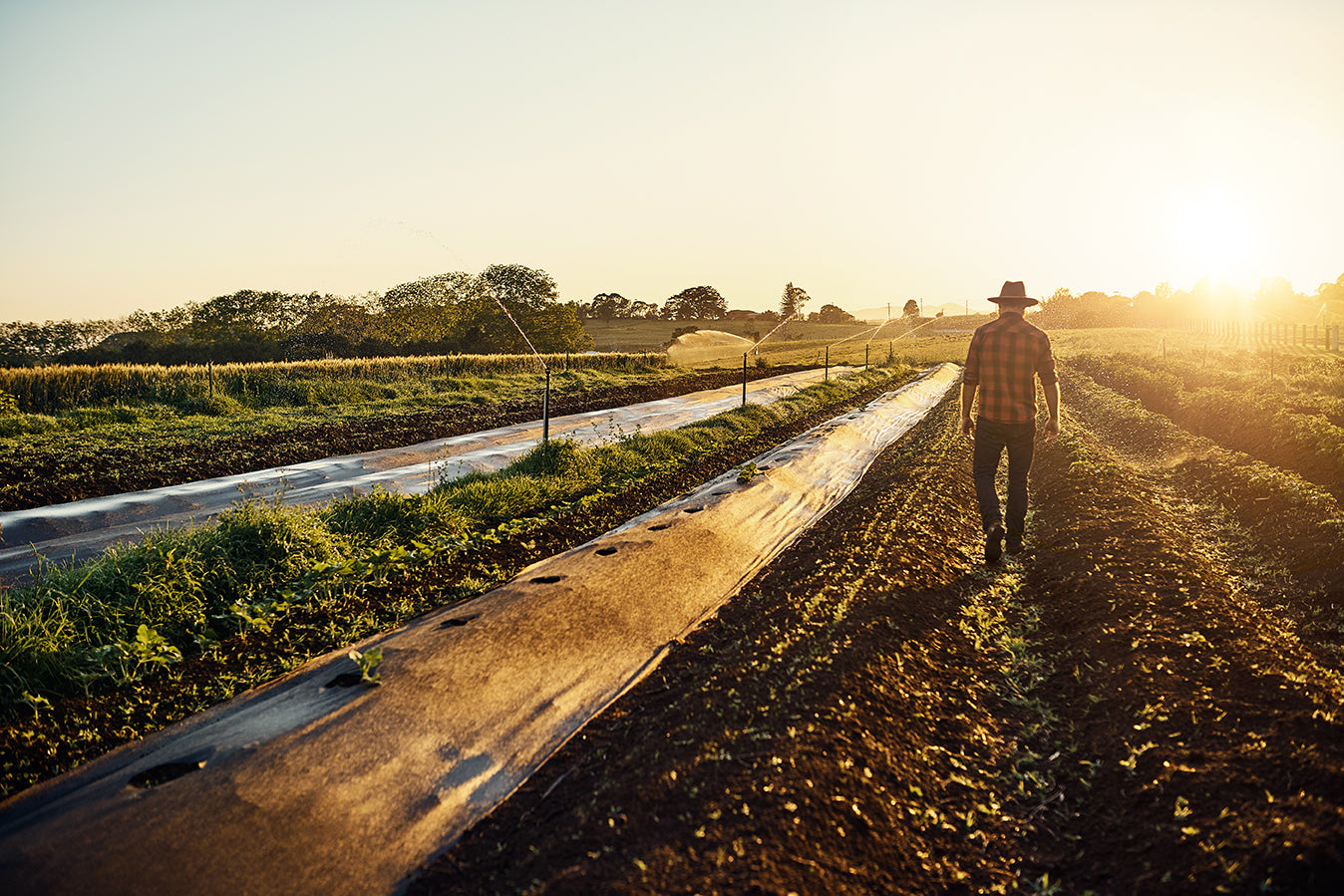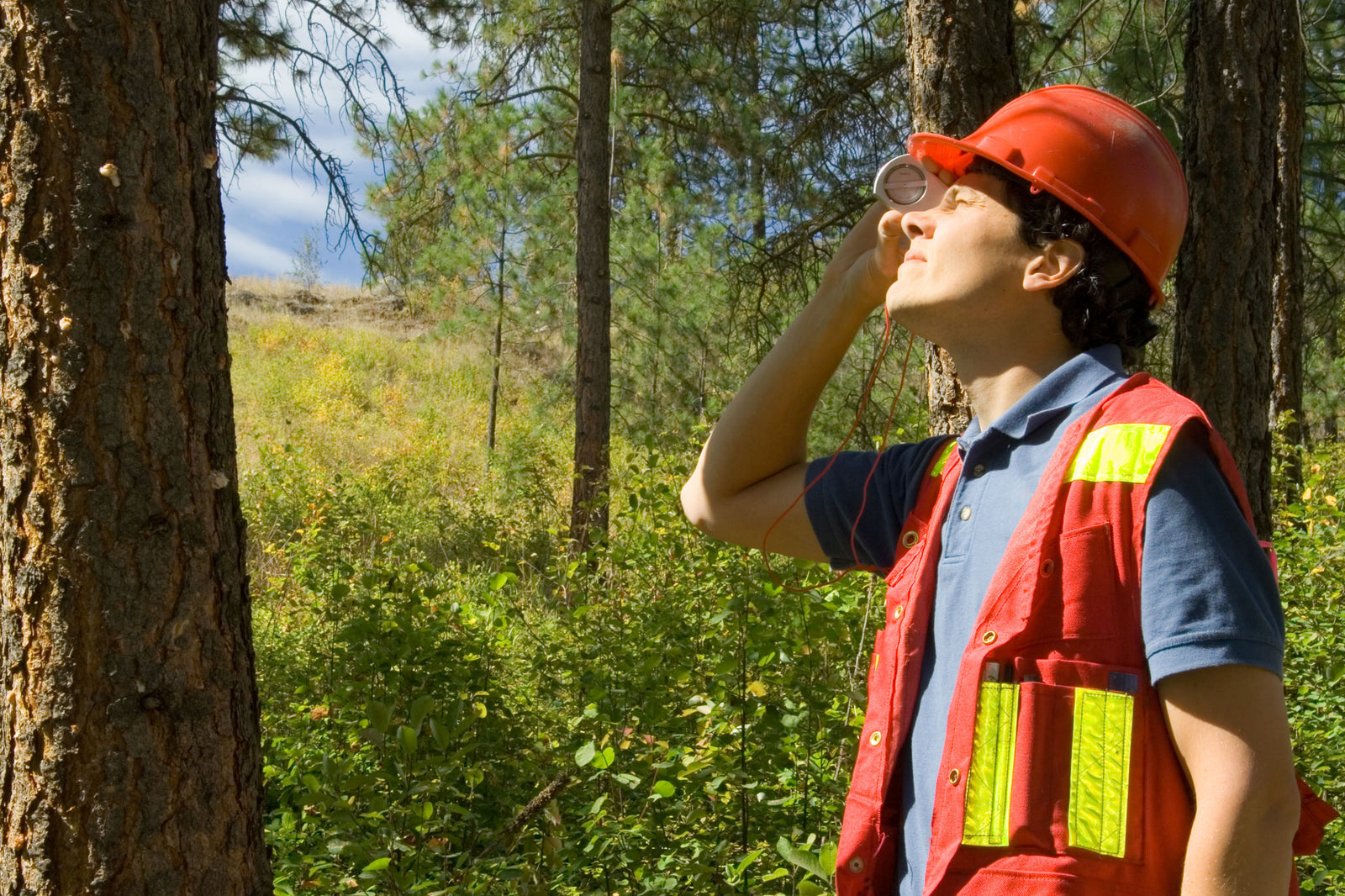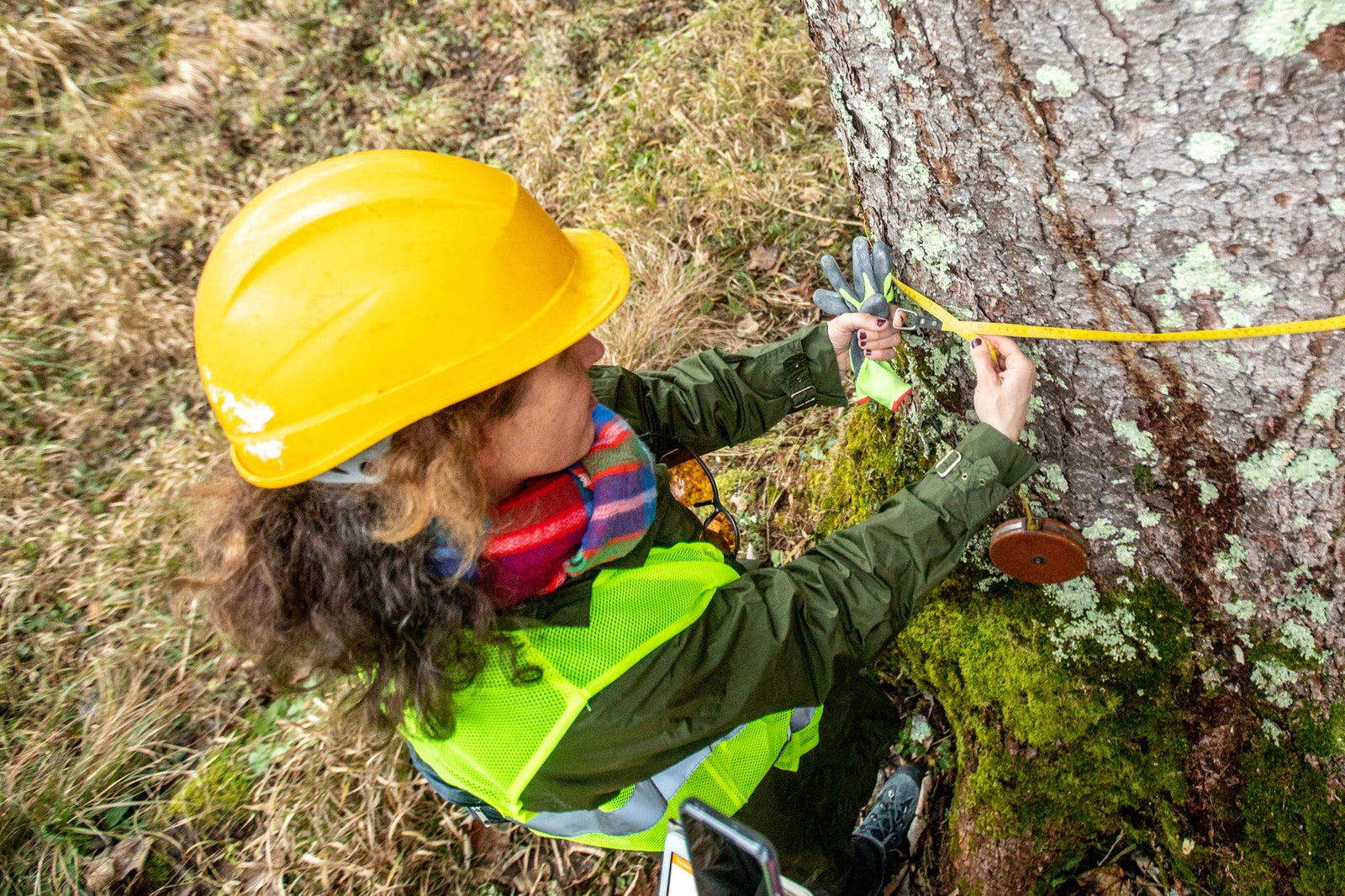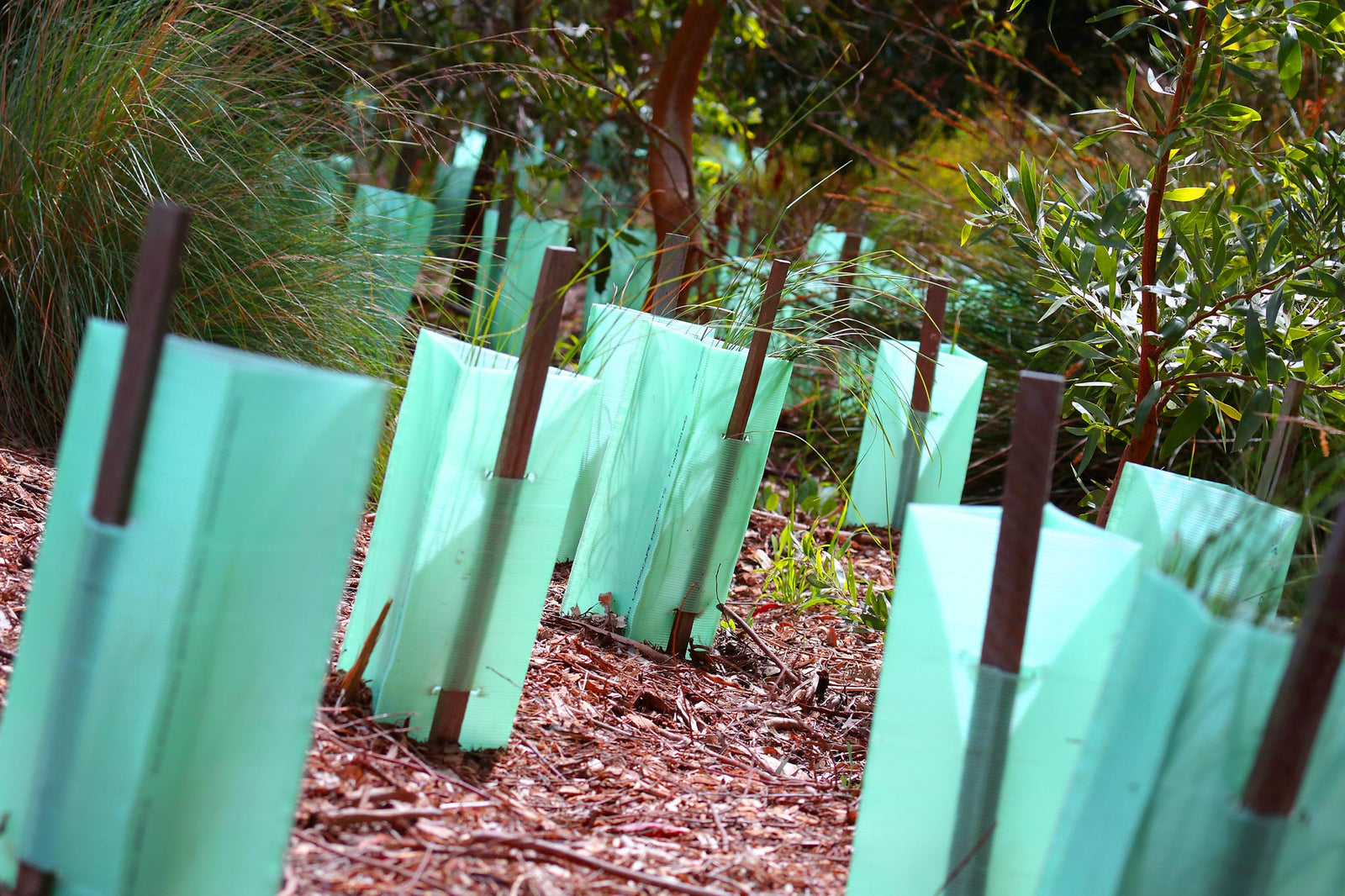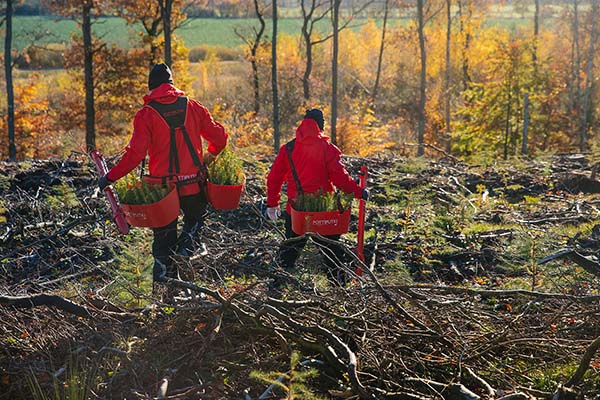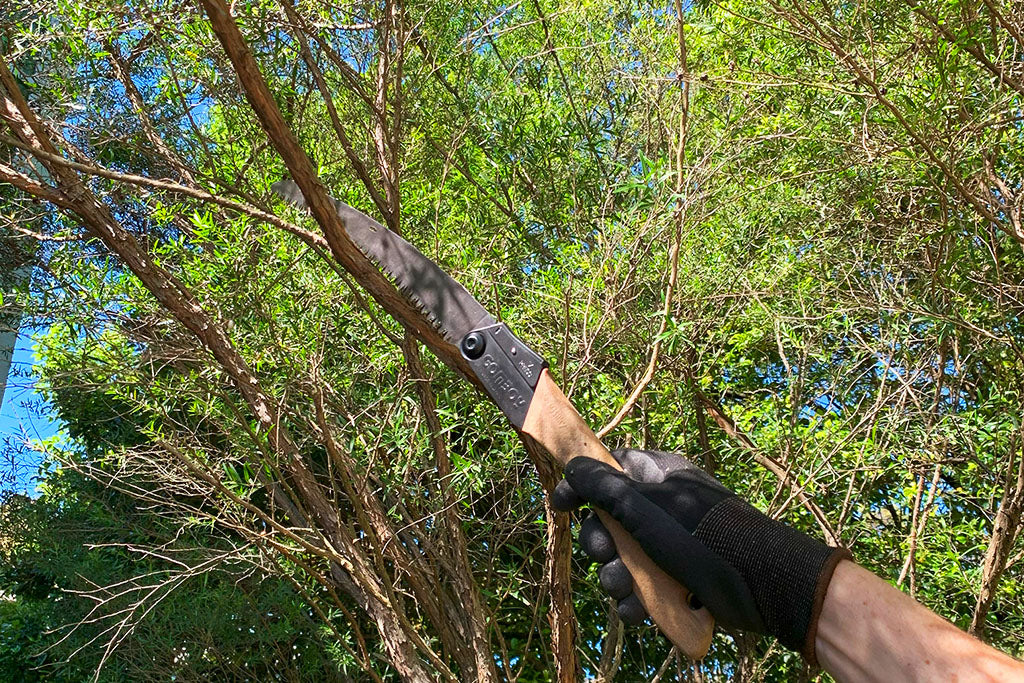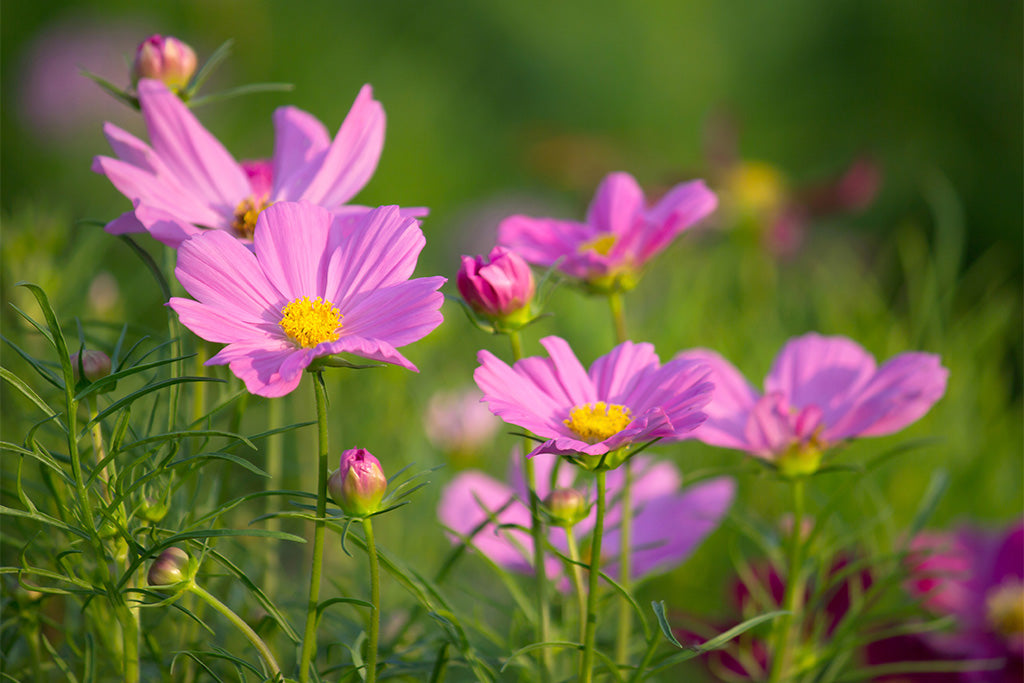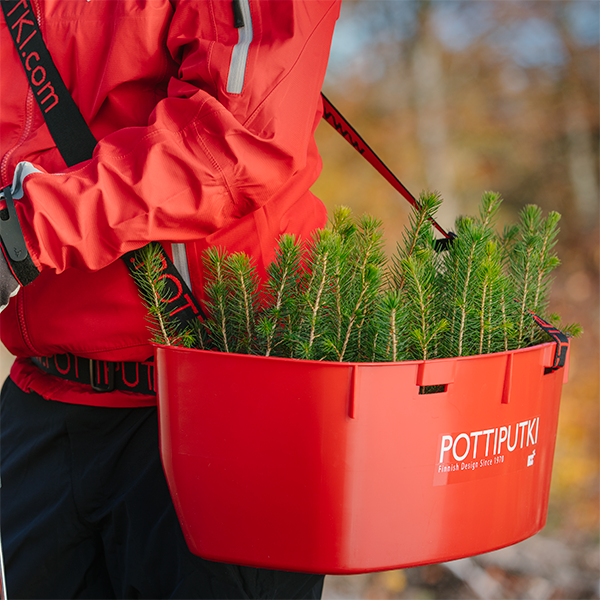Your guide to tree grafting
Tree grafting is a widely used horticultural technique that has been practised for fruit tree propagation for centuries. It involves joining together tissues of two different plants to function as a single plant. The plants must be similar enough that the connecting tree won’t be rejected. Generally speaking, most fruit trees are compatible within their species, but many are also compatible within their genus. For instance, grafting an orange onto a lemon rootstock works because they both belong to the genus citrus. Let’s explore the various reasons why you would want to graft, how to graft and some handy tools to use in the process.

Why do we tree graft?
There are various benefits when it comes to grafting. Grafting allows us to create exact genetic duplicates of superior individual plants. It allows us to preserve and extend the life of fruiting trees that are of value to a grower. For example, nearly all apple varieties need to be cross-pollinated with pollen from the flowers of a different apple variety to produce fruit. We cannot utilise seedlings from these cross-pollinated fruits because there is no guarantee of the quality of fruit that it will produce. However, grafting ensures that the desired characteristics are perpetuated in the new growth with the exact replicas of a desirable fruit tree. Grafting is also advantageous when you want to change or add varieties to your garden without changing trees. It is the most economically efficient way of growing your own fruit tree from scratch without purchasing from a plant nursery. Moreover, it’s an excellent way to add a polliniser to a tree that flowers well but doesn’t produce much fruit.
When is the right time to tree graft?
The best time to graft fruit trees is during late winter or early spring. The idea is to graft before new growth begins and after the chance of severe cold has passed. Temperature is also an additional factor considered by many professionals, especially when citrus grafting. Ideal citrus grafting temperature is when the forecast ranges from 21°C to 29°C, allowing citrus wounds to heal the best.
How to tree graft?
There are many different types of tree grafting methods. Before you begin, you must decide on two essential items: rootstock and scion. Rootstock is the lower plant portion; used to form the roots of the tree and determines how tall the tree will grow. Scion is the upper section of the graft and determines the type of fruit that will be produced. In addition, you will need secateurs, a grafting or budding knife and grafting tape.
Now that you have determined the above, let’s go through the four grafting steps.
- Step 1: Start by collecting your choice of scion wood in winter during the dormant season. It should be approximately 40cm long and the diameter of a pen.
- Step 2: Label the scion with the tree name and date of cutting. Wrap the scion in a towel and tuck it away in a plastic bag in a refrigerator to maintain dormancy until early spring.
- Step 3: Place an order of your choice of rootstock
- Step 4: When fruit tree buds open in spring, it is time to start grafting! Depending on your preference, you can use various grafting methods, including: approach grafting, bark grafting, bud grafting, cleft grafting, whip grafting, stub grafting and more.
If you’re an aspiring grafter and want a more comprehensive guide to all grafting and budding techniques, we recommend you check out some of our popular resources.
What are some great tree grafting tools?
When grafting, you will need a grafting/budding knife and tape. It’s important to understand grafting knives differ from other kinds of knives. They are typically thin, razor-sharp, and bevelled on one side to cut through rigid woody material. They are designed this way to allow you to make one clean cut without excessive force when trying to expose the cambium on the stock during the grafting process. Our top-tier grafting knife is the Tina 640-10 Grafting/Budding Knife due to its superior quality, edge retention and ergonomic design. Tina has been around for over 150 years and is renowned worldwide for its workmanship. This is followed by the Due Buoi Budding Knife, a great Italian mid-range option and the Felco Rose Budding Knife for beginners. Alternatively, the manual grafting tool is for the professional horticulturist with the capability to complete V slot, omega and bud grafting.
Additionally, you will require grafting tape to secure the union between the rootstock and the scion. Grafting tape will help retain moisture and prevent dehydration. The Buddy Grafting Tape is a great choice with up to eight times stretchability, self-adhesiveness and biodegradability. It has the benefit of not requiring a manual cut-off as it weakens after six months. Parafilm grafting tape is an alternative option with its gentle stretch and excellent moisture barrier for grafting purposes.
Overall, tree grafting is a wonderful horticulture practice for efficient propagation of reproducing an identical plant. Although the process may seem daunting at the start, it is quite a rewarding experience once you begin. Grafted trees can make a healthy and beautiful addition to your garden, and winter is the time to start this process.

